Targeting Gut Health May Help Control Seizures in CDD
Researchers are studying a condition called Cyclin-dependent kinase-like 5 deficiency disorder (CDD), which causes severe epilepsy and other developmental issues in children.
Sleep and epilepsy research in everyday language: triggers, routines, sleep patterns, and small daily changes that may help seizure control and well-being.
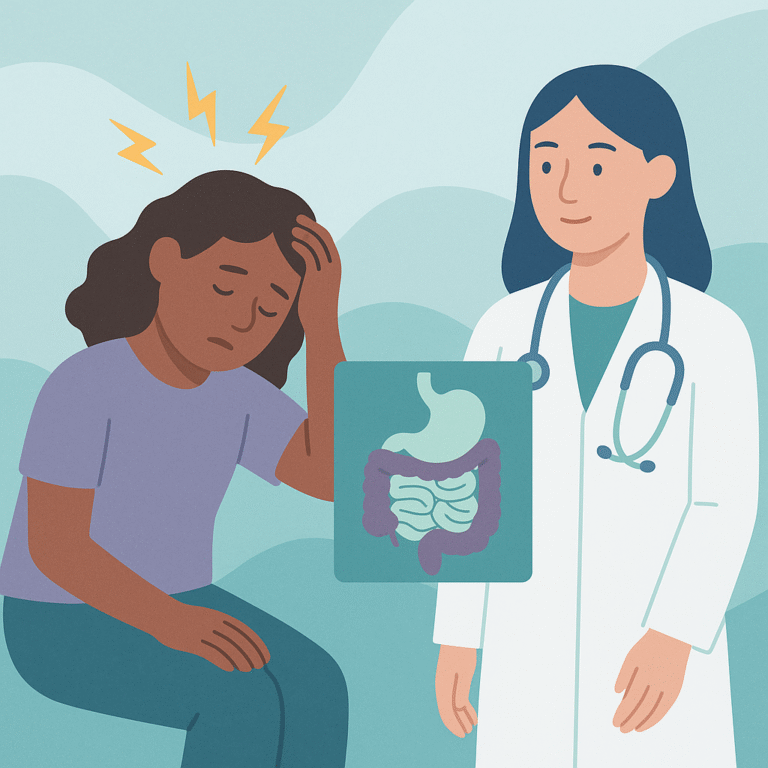
Researchers are studying a condition called Cyclin-dependent kinase-like 5 deficiency disorder (CDD), which causes severe epilepsy and other developmental issues in children.

In this study, researchers looked at how sevoflurane anesthesia affects brain activity in children with drug-resistant focal epilepsy.
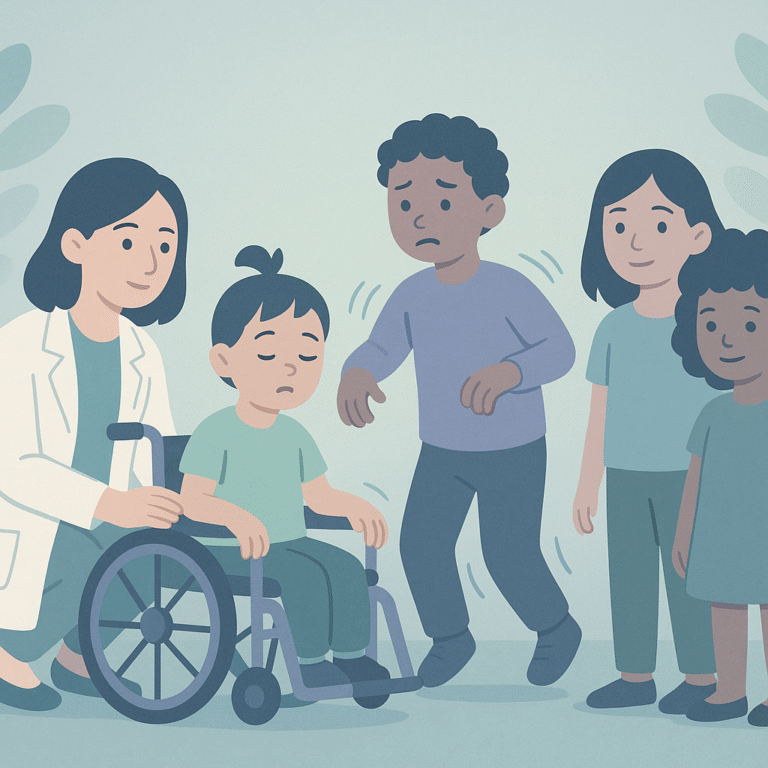
Researchers studied a 9-year-old girl with a rare movement disorder linked to a mutation in the GNAO1 gene.
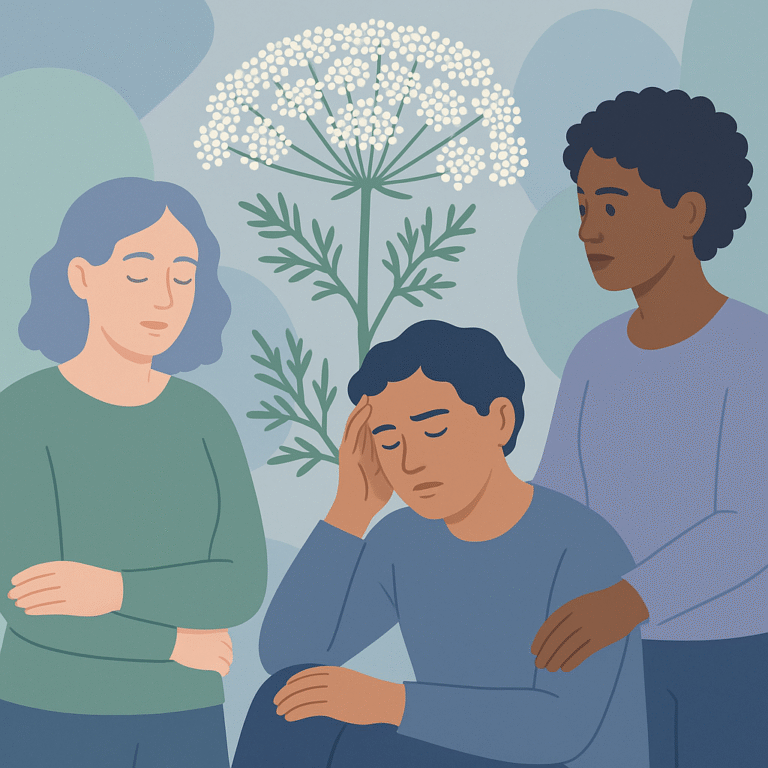
This study looked at the effects of a plant extract called Ammi visnaga, commonly known as the toothpick plant, on seizures in mice.
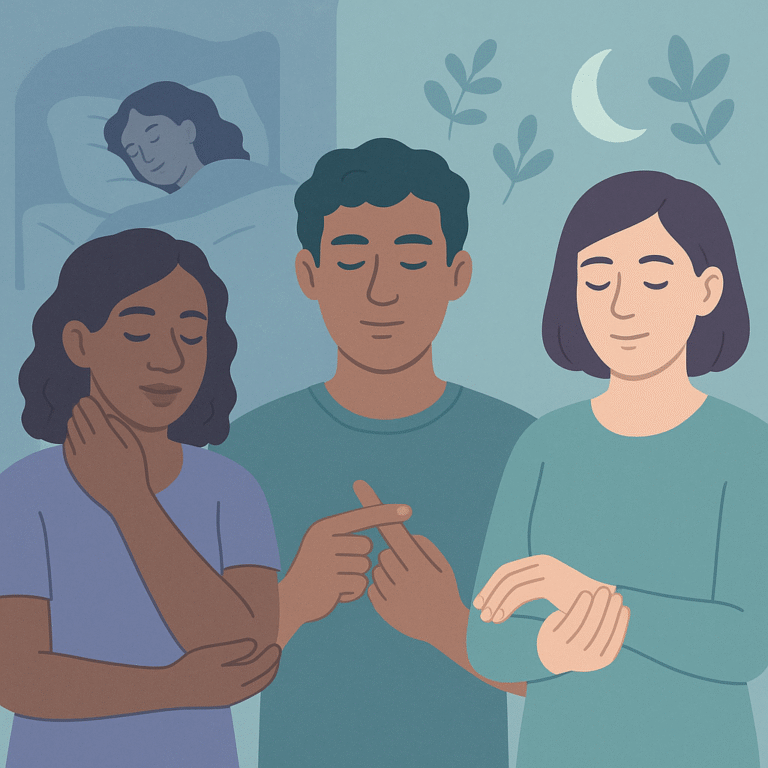
This study looked at how self-acupressure affects fatigue and sleep quality in people with epilepsy.
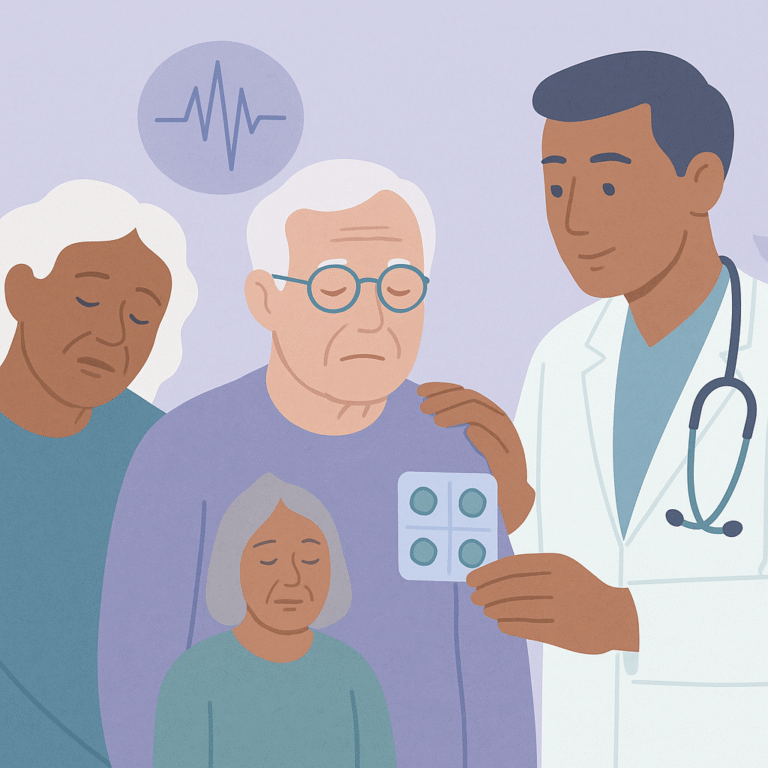
Researchers studied the connection between Alzheimer’s disease (AD) and epilepsy, focusing on how these two conditions can affect each other.
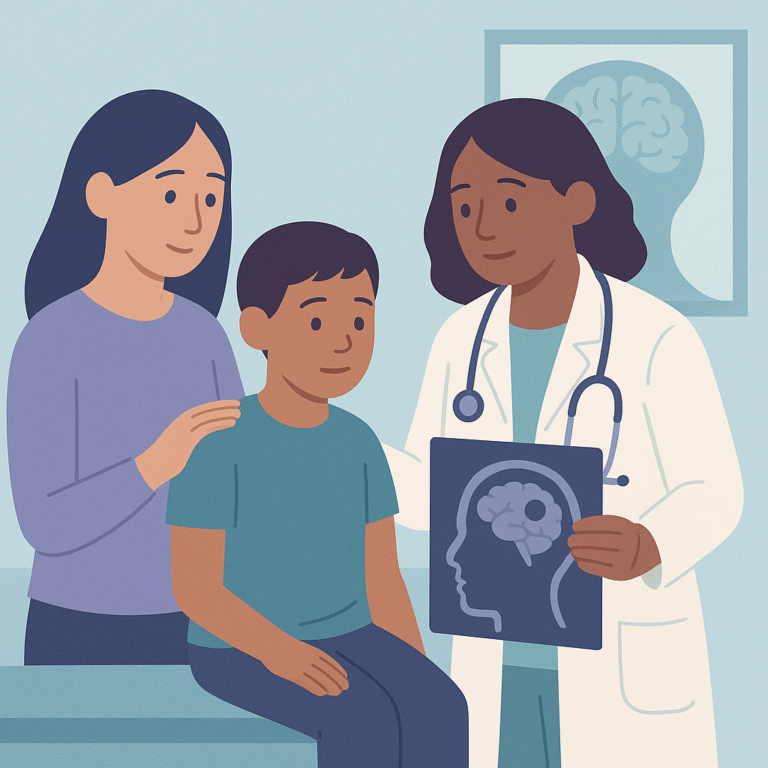
This study looked at how neurologists help children with brain tumors, from the time they are diagnosed to many years after their treatment.
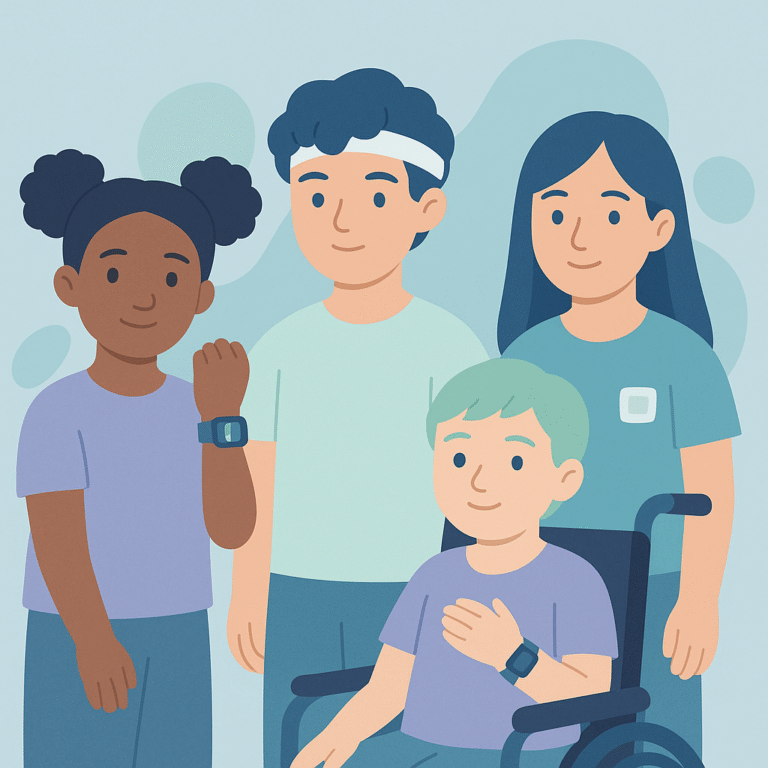
This study focused on children with self-limited epilepsy with centrotemporal spikes (SeLECTs), a common type of epilepsy in kids.
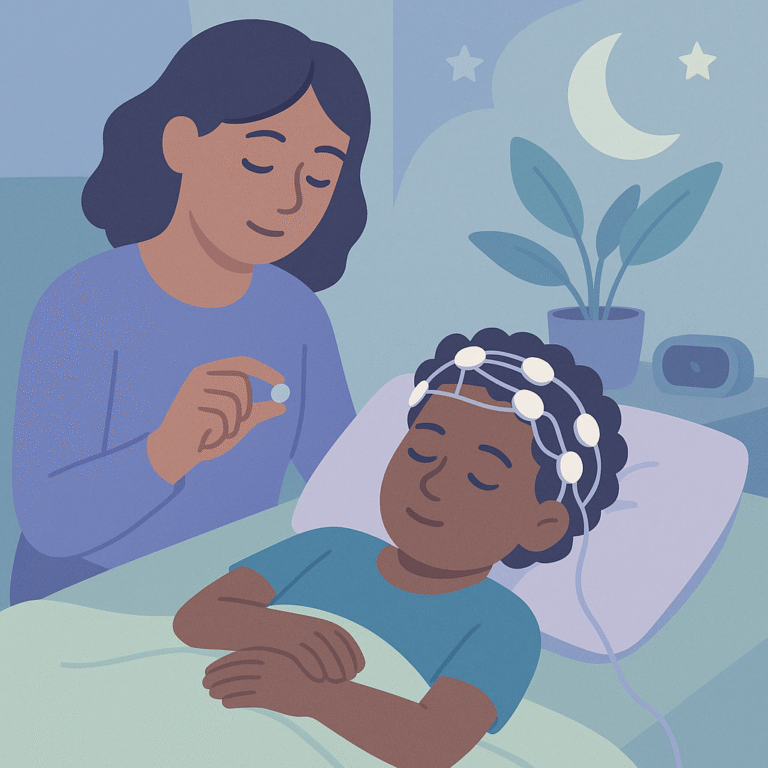
A study was conducted to compare two methods of inducing sleep for electroencephalography (EEG) tests in children with epilepsy.